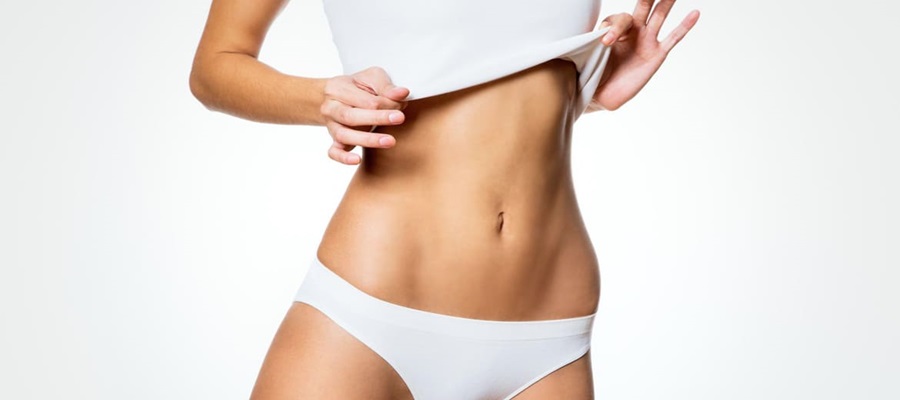What is Laser Lipolysis?
Recent research in the U.S. has shown that fat removal procedures rank first among all aesthetic surgical interventions. Particularly in recent years, with increased awareness around healthy eating and weight control, people have also started to eliminate regional excess fat. At the same time, the fact that fat removal procedures have become much easier to perform has increased this demand.
Fat removal (liposuction) has actually been successfully performed for many years. Today, with the advancement of technology, the use of lasers in liposuction procedures has become widespread. In a procedure called laser lipolysis existing fat is broken down where it is located and gradually metabolized and expelled. In many cases, it is not necessary to remove the fat with a syringe after breaking it down.
Comparing traditional liposuction with newly emerging concepts like laser lipolysis, vaser, slim lipo, and smart lipo, it would be unfair to label traditional liposuction as an outdated or bad method. In fact, I still apply traditional liposuction to many of my patients. I prefer to select and apply the methods I mentioned above to suitable patients. In this sense, we can say that liposuction itself is actually a miracle. Looking at the world, the situation is not much different.
When we look at scientific research and congresses, yes, applications related to laser lipolysis are increasing day by day, but traditional liposuction has not been abandoned. I especially prefer the traditional liposuction technique (superwet) for large and broad areas. I perform most liposuction procedures in the hospital as a day surgery with a method called local anesthesia and sedation, without general anesthesia. That is, if everything goes well, I send my patients home on the same day.
Depending on the procedure, my patients generally return to work within 3-5 days. Bruising usually takes 7-10 days to heal. I recommend starting walking as early as the third day, with progressively increasing exercise routines. I advise my patients to drink plenty of water, pay attention to their diet, and, more importantly, follow healthy eating guidelines.
After the liposuction procedure, changes in areas such as the waist, hips, inner knees, and even inner thighs can be noticed as early as the next day. Depending on the procedure, there will be swelling and edema in the tissue. To see the final result of the procedure, it is necessary to wait between 3 to 6 months for these swellings to subside.
How is Laser Lipolysis Performed?
Laser lipolysis is performed under local anesthesia. I particularly prefer to apply it to small areas, such as the chin, inner thighs, and inner knees. This procedure is applied to areas where people cannot lose fat, even with exercise and diet. Besides breaking down fat tissue, the heat effect from the laser application also helps to tighten the existing tissue. This can be considered the biggest advantage compared to traditional liposuction.
How is the Use of Compression Garments?
For patients who undergo laser liposuction or laser lipolysis, wearing compression garments for 10-15 days is usually sufficient. However, for traditional liposuction, this period can vary between 3 to 4 weeks.
Does Bruising Occur with Laser Lipolysis?
It is not a commonly expected occurrence. Even if bruising occurs, it is usually minimal and fades away in a short time.
Do Fats Removed with Laser Lipolysis Recur?
Whether it is laser lipolysis, liposuction, or traditional liposuction, fat cells do not reappear in the same area once removed.

